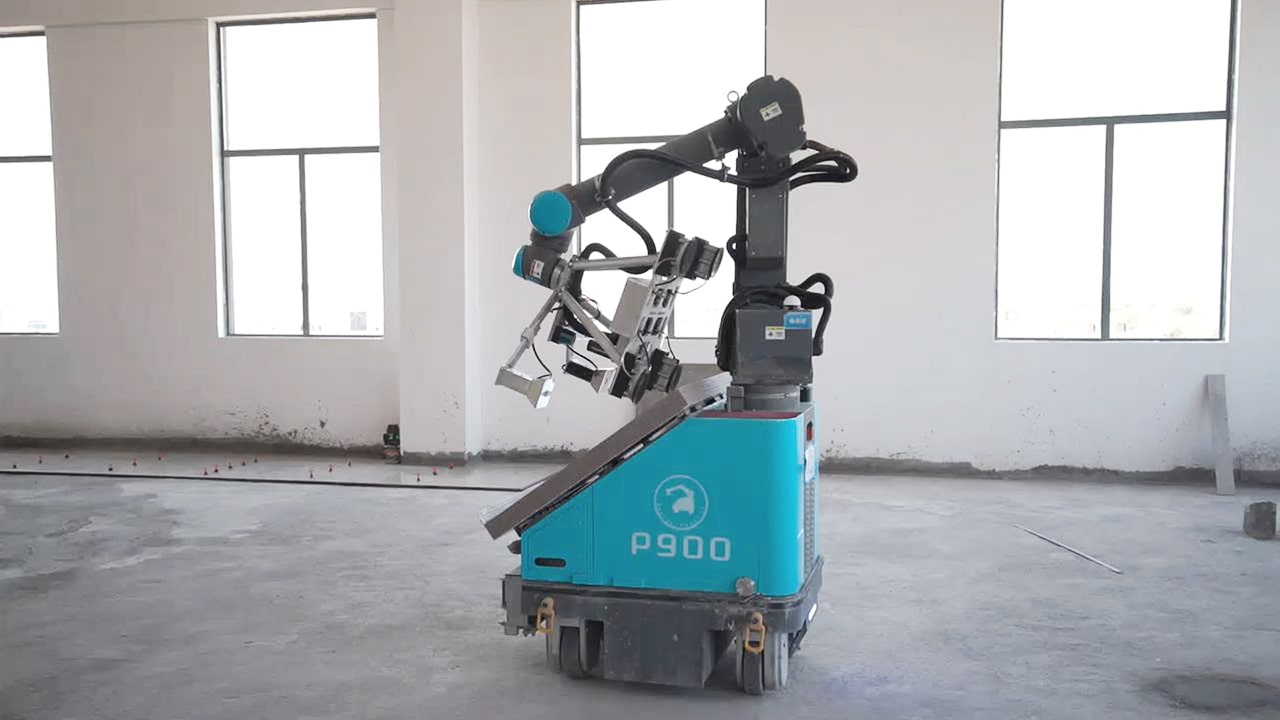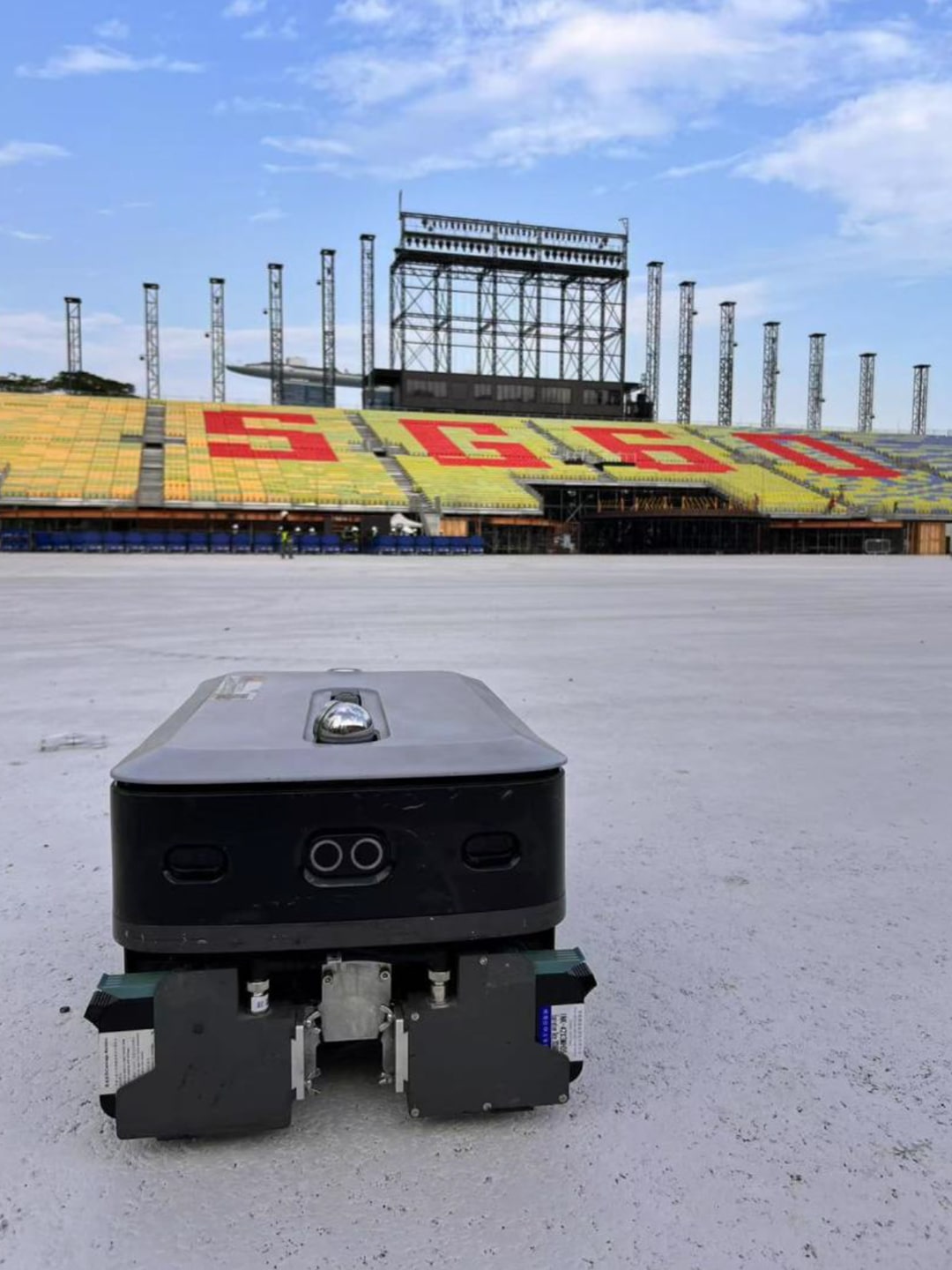Partner Robotics has raised an eight-figure RMB sum in a Series A funding round led by China Growth Capital, with participation from existing investors Cowin Capital and Redpoint China Ventures. Index Capital served as the financial advisor. Including its angel round completed at the end of 2024, the company has raised about RMB 100 million (USD 14 million) to date.
Founded in 2023 by Kecheng Wang, former CEO of Bright Dream Robotics, Partner Robotics is built by a team with years of experience in construction robotics and international expansion. The new capital will support three priorities: developing and commercializing embodied intelligence technologies for construction scenarios, expanding overseas through distribution networks, service centers, and marketing campaigns, and strengthening its supply chain for quality, speed, and cost efficiency.
Construction, often viewed as complex, heavy, dirty, and sometimes dangerous, is a natural entry point for embodied intelligence. This shift is occurring as core robotics components become more affordable while labor shortages and wage increases are common worldwide. The convergence of these factors is pushing construction robots from labs onto job sites.
For now, Partner Robotics is focusing on two products: floor tile paving robot P900 and intelligent scribing robot L3000. Both address specific challenges and fit into what the company describes as a “high-value and feasible” product roadmap, with the long-term aim of covering the entire construction lifecycle with embodied intelligence solutions.
Demand for tile-laying is substantial, with global ceramic tile consumption exceeding ten billion square meters annually. Manual tiling is often slow, inconsistent, and labor-intensive. Partner Robotics’ floor tile paving robot P900 is designed to stabilize quality through precision parameter controls and reduce hollow spots. The company says its system works five to six times faster than human labor.
In the US, tilers can cost several hundred USD per day to hire, with rates even higher in cities like New York and Boston. According to Partner Robotics, a single unit of its tile-laying robot can recoup its cost in about six months of continuous use.

The intelligent scribing robot L3000 supports multiple phases of construction, from structure to finishing. It can reportedly deliver four to six times the efficiency of manual work, with accuracy down to a deviation of two millimeters.
On the technical side, Partner Robotics has developed a multi-sensor perception system and a cloud-based simulation platform to continuously train robots with real-world construction data. Its systems also integrate a unified vision-and-motion control model, heavy-load robotic arms, and high-precision optical sensors.
Since mid-2025, Partner Robotics has expanded internationally, securing more than RMB 10 million (USD 1.4 million) in overseas orders and completing nearly 100,000 square meters of tiling work. Its main markets are in Europe, North America, and the Middle East, with additional sales in mainland China, Hong Kong, Taiwan, and Singapore.
Global expansion requires adapting to differences in construction standards and practices. Floor flatness, adhesives, and tile dimensions all vary by region. Partner Robotics uses artificial intelligence-driven vision technology to handle tiles of different colors, patterns, and sizes, ensuring accuracy across conditions. Beyond performance, the company emphasizes reliability, distribution, and after-sales service, building channels in Europe, the Middle East, and Singapore.
Partner Robotics’ L3000 robot was featured in a project in Singapore, where the government commissioned a 100-by-80-meter pattern for the country’s 60th National Day celebration. As the task required line marking that was too complex to complete manually, organizers evaluated systems from HP, Hitachi, and Partner Robotics. After testing for humidity and rain resilience, Partner Robotics’ scribing robot was selected. It completed in five hours what would have taken several days by hand, according to the company, while reducing errors and labor demands.


Wang said the industry has shifted significantly since 2024. Robots are now deployed in active construction projects rather than limited to demonstrations. Usability has also improved, enabling workers to operate robots without constant support from manufacturers. This evolution, he said, reflects closer alignment between products and market needs. For startups, that means ensuring technology, market, and capital work together so solutions address construction challenges.
Huan Chen, partner at China Growth Capital, said that the construction sector is on the verge of an intelligent transformation:
“AI is transforming the traditional construction industry worldwide. Leveraging years of dedicated R&D in construction robotics, Partner Robotics enters the market by focusing on high-demand floor tile-laying. Combining strong technology innovation with deep industry know-how, its products have gained strong recognition and adoption from customers in both domestic and overseas markets. Kecheng Wang, the company’s founder, brings extensive experience in robotics development and on-site deployment, along with profound insights into construction applications. We believe his team is well positioned to turn embodied intelligence into real productivity and drive the AI-plus-construction evolution.”
This article was published in partnership with Partner Robotics.
